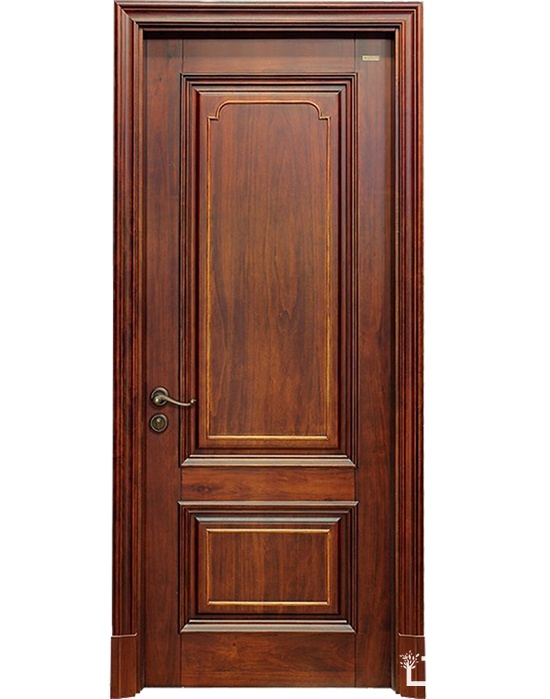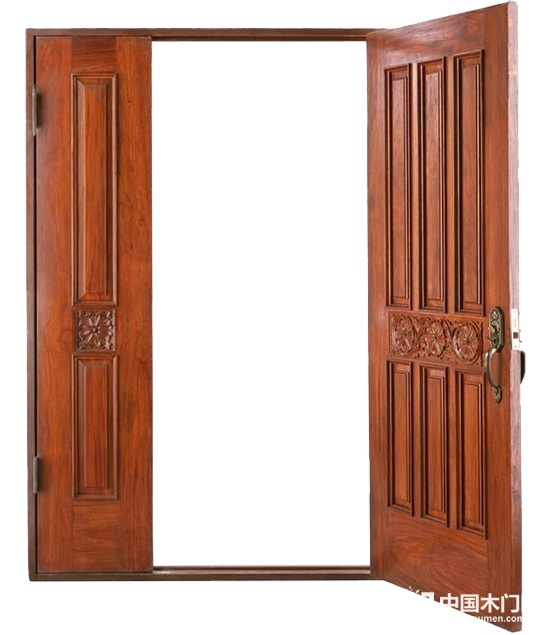Treatment of glue or crack
When the surface of the decorative surface is transparent or cracked, the thickness of the thin wood is increased or a layer of paper is sandwiched between the thin wood and the substrate, and the moisture content of the thin wood is not too high. In addition, the hot pressing temperature and pressure are appropriately reduced. After the hot pressing, the plates are stacked facing the surface to reduce evaporation of water. Adjust the viscosity of the adhesive and the amount of glue applied, and appropriately increase the ratio of solid content of the adhesive.
Treatment of surface grease or stains and undertones
When the surface of the decorative surface is contaminated with oil, grease or wax, it can be dissolved and dissolved by an organic solvent. The commonly used solvents are alcohol, ether, benzene and acetone. It is also possible to use a weakly alkaline 1 sodium hydroxide or sodium hydrogencarbonate. Scrub and wipe off with water. Most of the stains on the surface are contaminated with tannins, pigments and iron ions in the wood, which can be erased with hydrogen peroxide or 5 oxalic acid. When the surface of the board is transparent, apply a thinner piece of wood or a piece of paper of the same color as the thin wood to the substrate, and then affix the thin wood. In addition, the substrate is colored, and then the wood method is applied to color the substrate, and the substrate is directly colored by a coating method, or a small amount of a coloring agent is added to the adhesive, and the coloring is performed while the glue is applied.

Bubbling, degumming in a small area
The degumming or bubbling should be deflated and then glued. Use a sharp cutter to cut the bubbling wood in the direction of the wood grain to deflate, and use a thick syringe to inject the super glue into the bubbling, and then flatten it with an iron. For slightly larger bubbling, use a sharp blade to cut the thin wood at the bubbling direction and scrape the residual glue. Select the nearest thin wood to trim the desired size, and re-stick with the super glue, but note that The edge of the thin wood is also cut into a bevel to ensure that the repaired veneer is in contact with the original veneer slope, leaving no seam marks and a smooth surface.
Large area bubbling and degumming treatment
When a large area of ​​bubbling, degumming occurs, and the number of workpieces is large, only the means of repair can not solve the problem fundamentally. It is necessary to query the reasons, analyze and discuss, and find corresponding measures.
First, the facing material is peeled off from the surface of the substrate, and the bonding material of the bubbling material, the adhesion of the substrate and the adhesive are observed. If there is almost no adhesive left on the surface of the substrate, it means that the substrate does not match the adhesive used. It can be exchanged or modified. It can also be changed to a good quality wood-based panel or sanded on the surface of the substrate to make it better. The surface quality, which in turn improves the surface bond strength. If the torn veneer material is coated with a lot of substrate debris, the internal bonding strength of the substrate does not meet the strength requirements of the veneer facing material. The simplest solution is to use a substrate that meets the E1 or E0 grade. However, since the construction period is tight and the existing raw materials cannot be wasted, it is impossible to replace the adhesive or the substrate. The following is a method for solving the problem by using the existing materials.
The process of treating the surface of the substrate: a good effect on solving the adhesion of the veneer.

The surface of the substrate is sanded and cleaned, and the low-solid content and low-viscosity (8~10s) closed primer is sprayed. The substrate processing process is because the drying speed is fast, it is not suitable for thick coating, generally it is sprayed once, each time. The amount of finishing is 60~90g/m2, and it should be completely dried after coating. After sanding, the amount of finishing material can be applied. The closed primer has good viscosity and permeability, and can penetrate into the deep surface of the substrate to form a film, which acts as a sealing function to prevent moisture absorption and dehydration of the substrate, and at the same time functions as a binder and a substrate to enhance the surface of the substrate. Inner bonding strength. However, it is necessary to take into account the matching of the closed primer used with the adhesive and topcoat used. The “Depot†primer is very effective. In summary, spraying a closed primer is a good measure to address insufficient bond strength or loose surface in the surface of the substrate.
Adhesive surface appears uneven
In severe cases, the thin wood can be shaved and the surface of the part can be trimmed. The main reason is that the thickness deviation of the substrate is large, and the thickness deviation is reduced by the original sanding, and the curve is stable, which can basically meet the requirements of the veneer process. In addition, the surface of the plain wood-based panel has a high wax content, which will hinder the infiltration of the glue and reduce the bonding strength.
Document.body.oncopy = function () { setTimeout( function () { var text = clipboardData.getData("text"); if (text) { text = text + " This article comes from China Wooden Door Network, China's well-known wooden door industry portal Website! (http://) Detailed reference: "+location.href; clipboardData.setData("text", text); } }, 100) }Kitchen Tools,Cooking Accessories,Kitchen Accessories,Cooking Utensil Set
Jiangmen Chang Kun Industrial Co., Ltd. , https://www.changkun-houseware.com